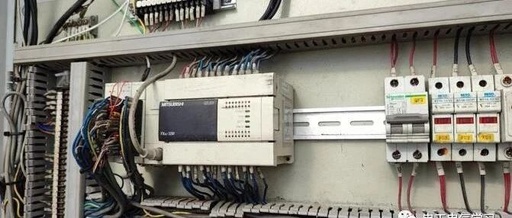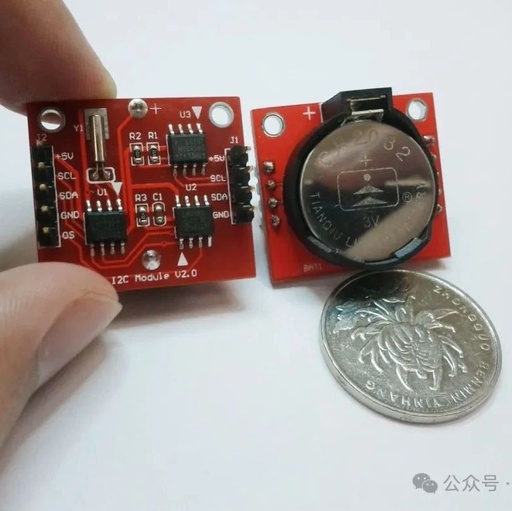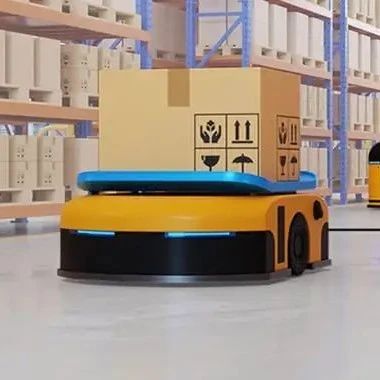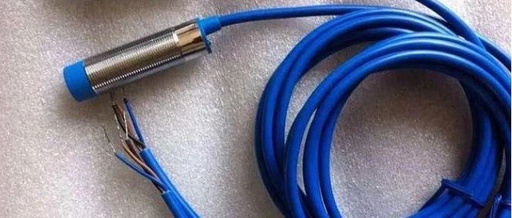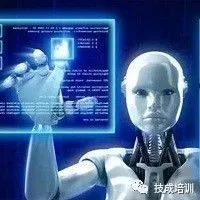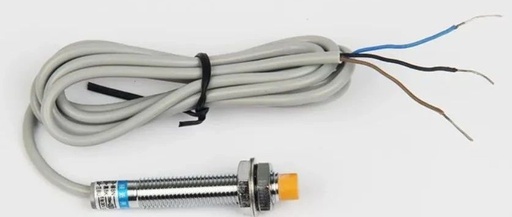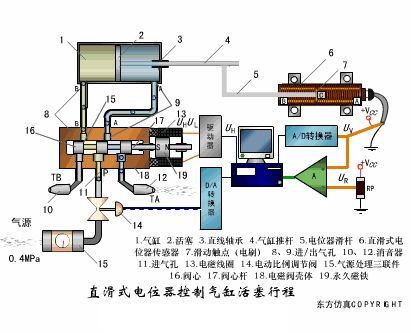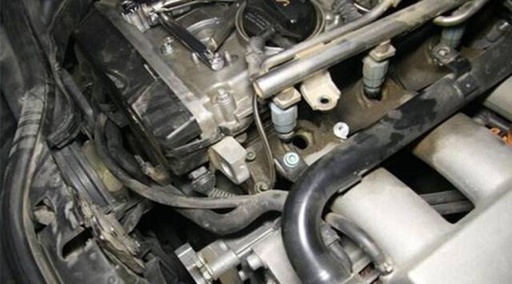What If You Don’t Know PLC? Master This Skill to Outperform 80% of Electricians
Search on WeChatElectrician and Electrical Learning As a maintenance electrician, it seems unreasonable or even impossible to not come into contact with PLCs in automation control. Nowadays, some manufacturers of electrical cabinets try to equip even a simple start-stop circuit with an unknown PLC to appear more advanced and align with international standards. You can … Read more
